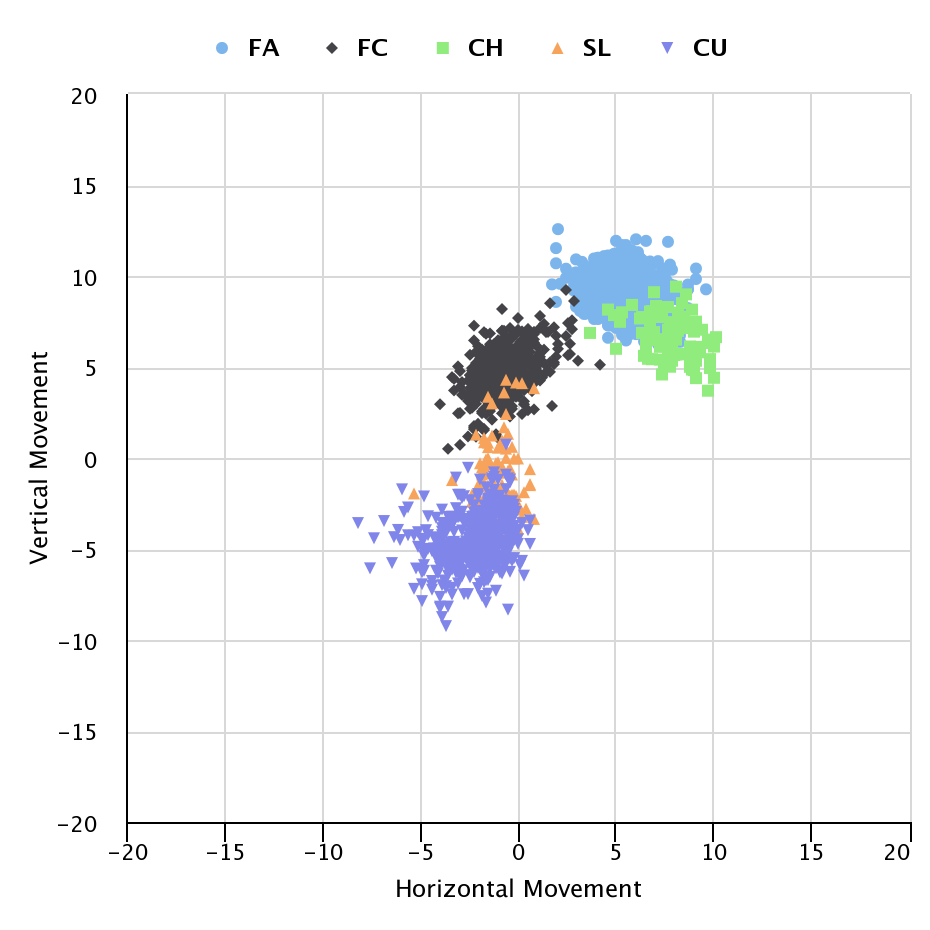The 2019 Rule 5 Draft Scouting Reports
The major-league phase of Thursday’s Rule 5 Draft began with its annual roll call of clubs confirming the number of players currently on their 40-man rosters while dozens of hungover industry folks loitered near the doorway with their luggage. Below are brief scouting reports on the players selected, with some notes provided by Kiley McDaniel.
But, first, our annual refresher on the Rule 5 Draft’s complex rules. Players who signed their first pro contract at age 18 or younger are eligible for selection after five years of minor-league service if their parent club has not yet added them to the team’s 40-man roster. For players who signed at age 19 or older, the timeline is four years. Teams with the worst win/loss record from the previous season pick first, and those that select a player must not only (a) pay said player’s former club $100,000, but also (b) keep the player on their 25-man active roster throughout the entirety of the following season (with a couple of exceptions, mostly involving the injured list). If a selected player doesn’t make his new team’s active roster, he is offered back to his former team for half of the initial fee. After the player’s first year on the roster, he can be optioned back to the minor leagues.
Conversations with sources at Wednesday evening’s Scout of the Year ceremony indicated the draft might be wild, with anticipated roster changes — the 26th active roster spot and three batter minimum for relievers — driving uncertainty. Would non-competitive teams use the extra roster spot to stash the sort of player who typically wouldn’t be able to stick without such flexibility? There was more uncertainty surrounding team approaches than discussion about players who might go. Read the rest of this entry »
